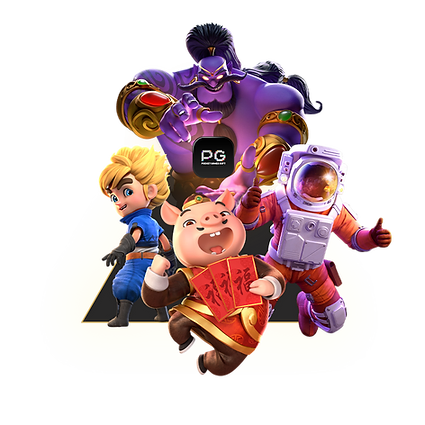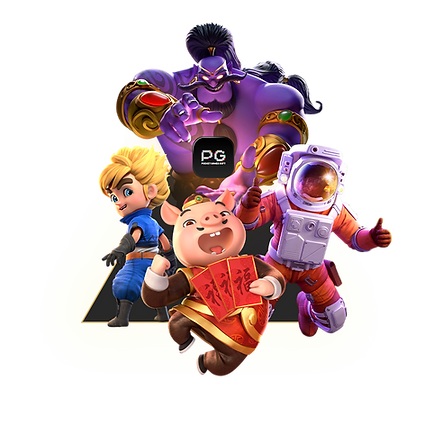Couldn't load pickup availability
JOKER99
Jelajahi Sensasi Slot Gratis dengan Demo Slot Pragmatic di JOKER99
Jelajahi Sensasi Slot Gratis dengan Demo Slot Pragmatic di JOKER99
Couldn't load pickup availability
Penggemar slot, bersiaplah untuk petualangan baru! JOKER99 menghadirkan demo slot Pragmatic, gerbang menuju dunia penuh kegembiraan dan keseruan tanpa risiko finansial. Temukan berbagai permainan slot menarik dari Pragmatic Play, provider ternama dengan katalog game inovatif dan berkualitas tinggi.
Apa itu Demo Slot Pragmatic?
Demo slot Pragmatic adalah versi gratis dari permainan slot online Pragmatic Play yang memungkinkan Anda bermain tanpa deposit atau registrasi. Jelajahi berbagai tema, fitur, dan bonus tanpa khawatir kehilangan uang.
Manfaat Bermain Demo Slot Pragmatic di JOKER99:
- Gratis dan Aman: Rasakan sensasi bermain slot tanpa risiko finansial.
- Mencoba Berbagai Permainan: Temukan berbagai jenis permainan slot Pragmatic Play dan temukan favorit Anda.
- Mempelajari Strategi: Pahami cara kerja slot dan pelajari strategi untuk meningkatkan peluang Anda (dalam skenario hipotetis).
- Bermain Tanpa Tekanan: Rasakan kesenangan bermain slot tanpa tekanan untuk menang.
JOKER99 Menawarkan Demo Slot Pragmatic Terlengkap:
- Gates of Olympus: Permainan slot bertema dewa Yunani dengan fitur tumbling reels dan pengganda kemenangan beruntun.
Gates of Olympus slot game
- Starlight Princess: Slot bertema putri luar angkasa dengan fitur kemenangan beruntun dan putaran gratis khusus.
Starlight Princess slot game
- Sweet Bonanza: Nikmati permen beraneka warna dan fitur tumble serta bom permen yang meledakkan kemenangan.
Sweet Bonanza slot game
- Aztec Gems Deluxe: Permainan slot klasik dengan tema Aztec yang menawarkan fitur avalanche dan pengganda kemenangan beruntun.
Aztec Gems Deluxe slot game
- The Dog House Megaways™: Bergabunglah dengan geng anjing lucu di slot Megaways™ dengan gulungan dinamis dan potensi kemenangan besar.
Dog House Megaways slot game
Tips Memilih Demo Slot Pragmatic:
- Pilih RTP tinggi: Cari demo slot dengan RTP (Return to Player) tinggi untuk meningkatkan peluang Anda mendapatkan kemenangan (dalam skenario hipotetis).
- Sesuaikan dengan minat Anda: Pilih demo slot dengan tema dan fitur yang sesuai dengan minat Anda.
- Coba demo sebelum bermain dengan uang asli: Gunakan demo slot untuk mempelajari cara kerja permainan dan strategi sebelum bermain dengan uang asli.
JOKER99: Platform Terpercaya untuk Demo Slot Pragmatic:
JOKER99 berkomitmen untuk menghadirkan pengalaman demo slot terbaik bagi para penggunanya. Platform kami menawarkan:
- Akses mudah: Temukan demo slot Pragmatic dengan mudah di website JOKER99.
- Koleksi lengkap: Jelajahi berbagai demo slot Pragmatic Play, termasuk rilis terbaru.
- Tampilan menarik: Nikmati pengalaman bermain yang menyenangkan dengan tampilan demo slot yang menarik.
- Informasi lengkap: Dapatkan informasi detail tentang setiap permainan demo slot.
Mulai petualangan slot Anda hari ini dengan demo slot Pragmatic di JOKER99!
Catatan Penting:
- Artikel ini hanya untuk tujuan informasi dan edukasi.
- Bermain slot online dengan uang asli berisiko tinggi.
- Pastikan Anda bermain slot online secara bertanggung jawab.
Share





